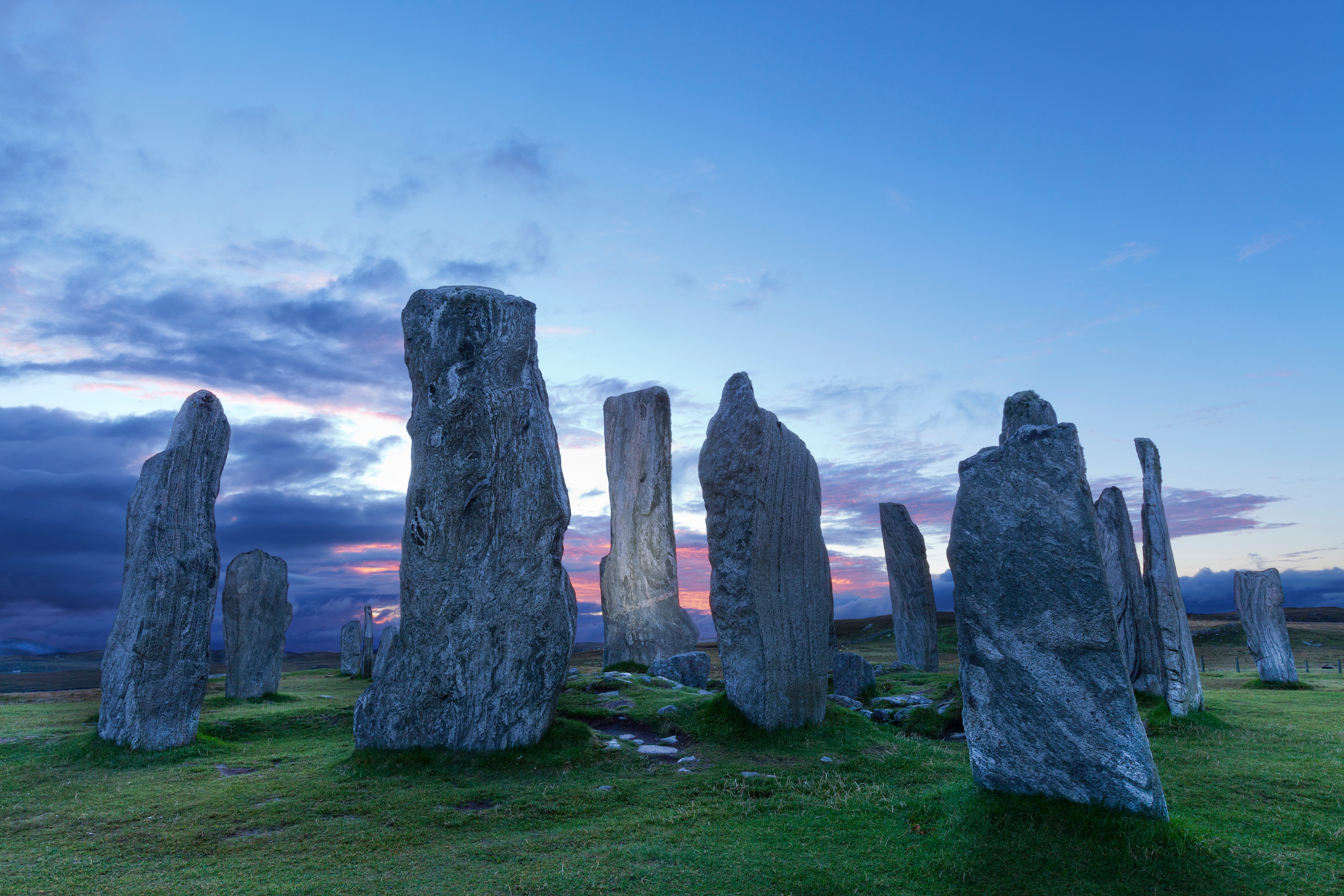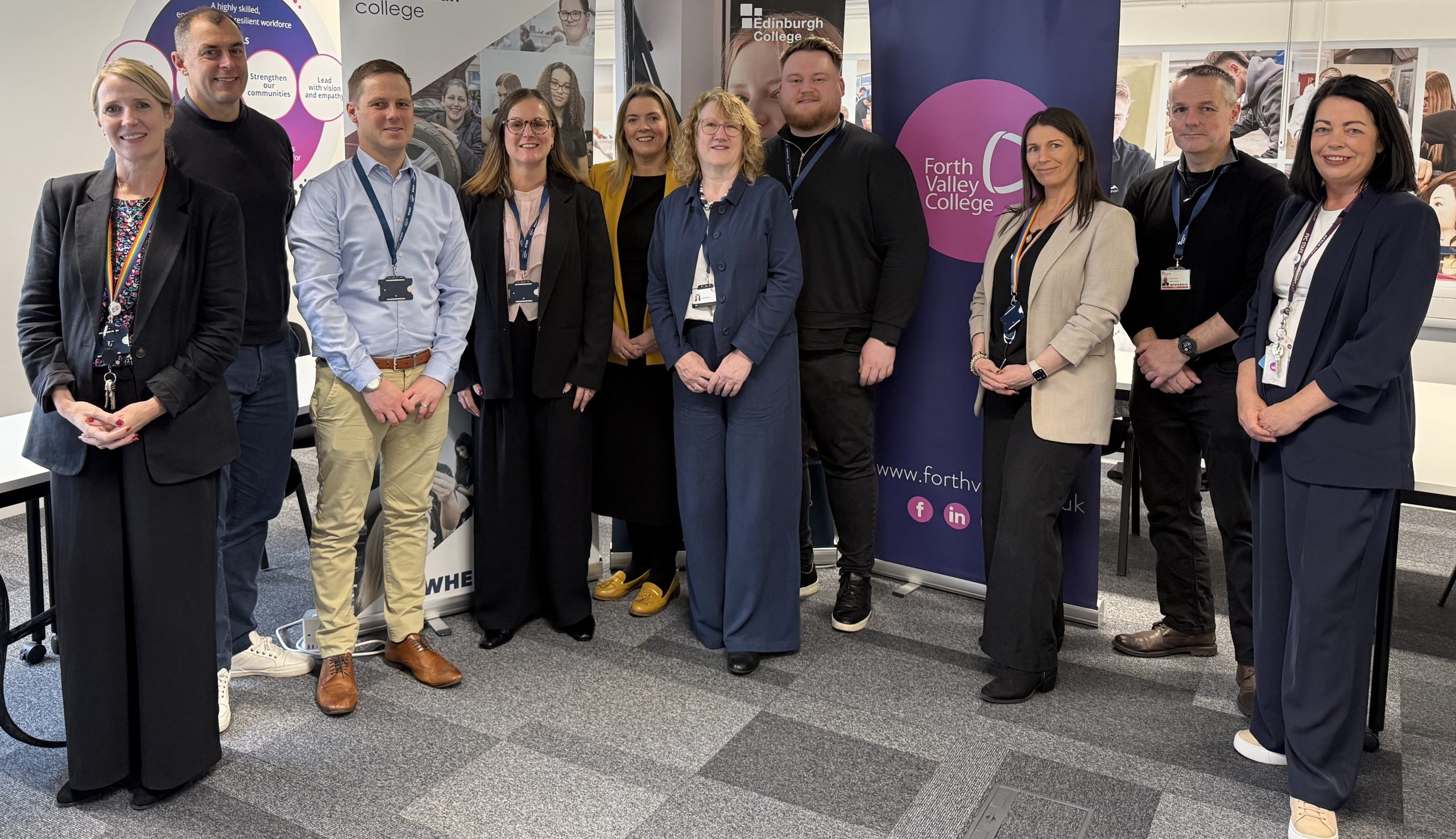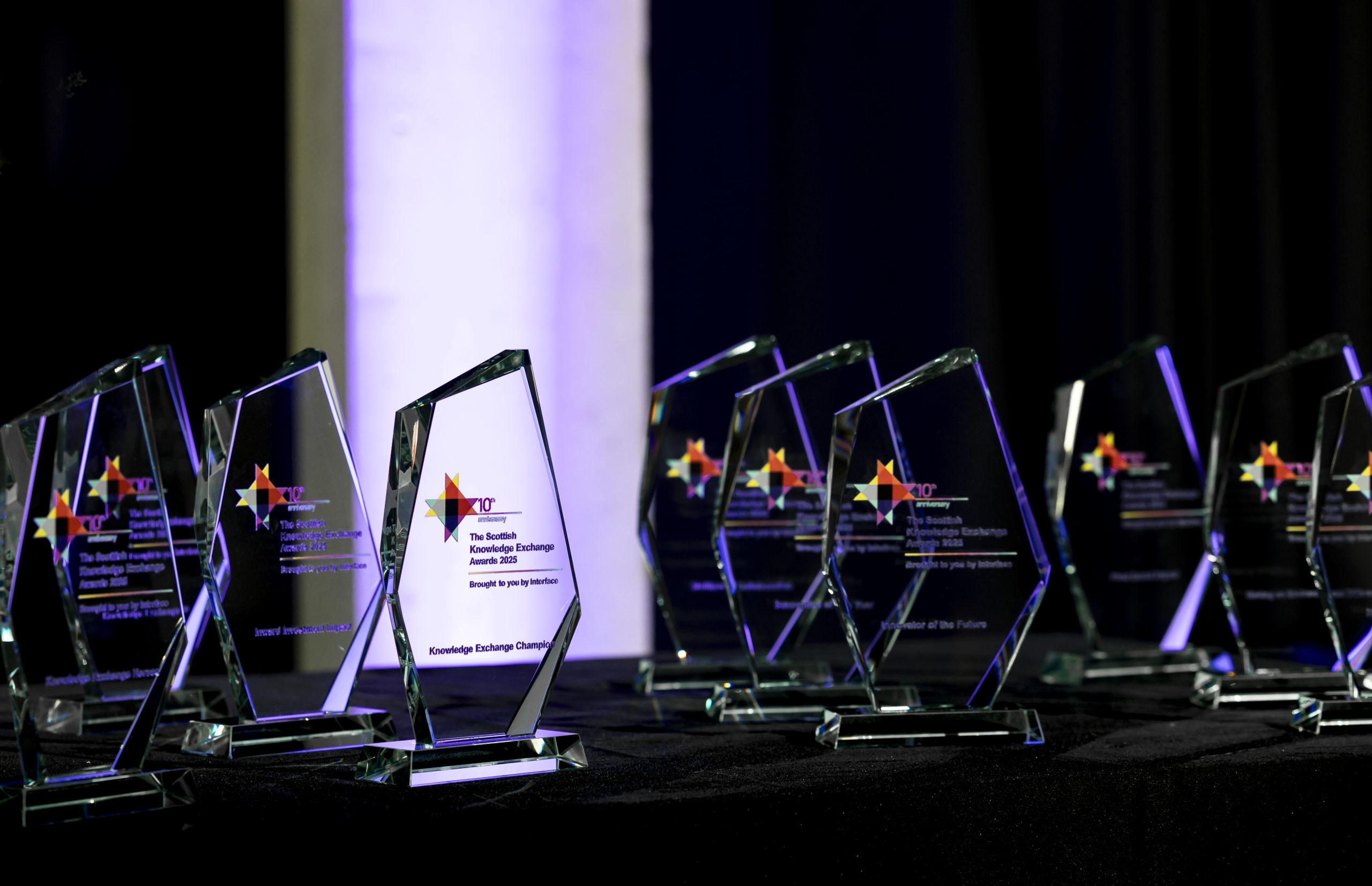Post
Highlands and Islands history and culture brought to life through digital

The Highlands and Islands of Scotland has a fascinating story to tell its visitors, and four projects rich in heritage are being brought bang up to date with help from Highlands and Islands Enterprise.
Rural life in Carloway; the Calanais Standing Stones, (both in the Outer Hebrides); the Highlanders’ Museum collection and the history of illicit whisky in Speyside are all the subject of digital projects being supported as the Year of History, Heritage and Archaeology draws to a close. Working with latest technology each will open up new ways for visitors to experience history.
The Tomintoul and Glenlivet Development Trust; The Highlanders Museum; The Carloway Community Association; and the Calanais Visitor Centre have each secured £25,000 from HIE’s 2017 Year of History, Heritage and Archaeology Digital Adoption Scheme. Three of the groups are accessing expert academic support through Interface, which connects businesses and organisations with 23 of Scotland’s higher education and research institutes.
Glasgow Caledonian University and St Andrews University will bring their expertise in the field of digital heritage to help develop some fantastic cutting edge digital projects.
The technology rich projects include digitisation of the Highlanders’ Museum’s complete collection and archives; cutting edge digital 3d modelling and virtual reality technology at Calanais; bringing a digital aspect to the Carloway Rural Life Centre which will allow visitors to be immersed in the past through Virtual Reality; and re-creating what life was like in the whisky industry of the past at the Tomintoul and Glenlivet Discovery Centre. (See below for more details on each project).
“There are some amazing new technologies available to businesses and groups working in the heritage sector which can really bring our historic sites, collections and attractions to life. We’re delighted to support these four groups with their plans to learn about using these in practice, and helping them create interactive visitor friendly products,” said Ann Marie Reid of HIE.
Rhiannon Merritt, Business Engagement Executive at Interface, said:
“We were delighted to be involved in supporting these incredibly varied digital projects which bring fresh and exciting developments to each of the organisations.
“Academic expertise can add new knowledge to some of Scotland’s most ancient treasures such as the Calanais Standing Stones and traditional industries including whisky production by tapping into a range of disciplines and technology in Scotland’s universities.”
Calanais Visitor Centre: The Calanais Standing Stones are regarded as a hugely important cultural asset to the local heritage sector. The arrangement of standing stones is placed in a cruciform pattern with a central stone circle, dating back to the Hebridean Neolithic historical period. With a sharp increase in visitor numbers to the Calanais Visitor Centre in recent years, the facility is undergoing an ambitious redevelopment to turn it into a world class visitor centre.
The HIE fund supports Calanais (Callanish) Visitor Centre to work in collaboration with The University of St Andrews to use digital technologies to 3D scan the stone circles and to map buried features associated with the site. This will create a digital interactive experience of how the stones looked at various stages throughout times while bringing them to life. The digital remote sensing techniques will also provide information for the reconstruction of the entire landscapes surrounding the stones and place them in their original context.
Dr Richard Bates from The University of St Andrews, said:
“We bring together a team of geophysical, archaeological and landscape reconstruction experts to investigate Calanais in an attempt to understand more about the people who lived there and erected the stone circles. The concentration of stone circles around Calanais is remarkable, but it is also intriguing that there is the lack of other sites that could tell us about the people who lived there. By reconstructing the Neolithic landscape we hope to be able to find further evidence of the people and so ultimately to better understand the stone circles themselves.”
Victoria Harvey, Project Development Officer at Calanais Visitor Centre, said:
“Relatively little is known about the lives of our Neolithic ancestors some 5000 years ago. The ‘Beneath the Peat’ project will allow The University of St Andrews to delve underneath the current landscape to understand life in the Hebridean Neolithic. Visitor numbers have grown rapidly at the famous Callanish Stones and here at the visitor centre. This has given us an opportunity to not only redevelop it but, to boost the heritage focus by sharing the story of the stones through modern technology. This fund helps us to develop and implement a highly innovative digital experience which helps us diversify as a social enterprise while offering more opportunities for local people and visitors to engage with their local cultural heritage.”
Carloway Community Association (CCA) is developing a new Rural Life Centre on the site of the former Carloway School. The centre will offer a unique digital heritage experience using a combination of virtual and augmented reality, projection mapping and hologram technology. This will create a full sensory journey to transport the visitor back in time to experience island life in the past to the present day, and will include a focus on Hebridean education and Gaelic. The group is currently working with Comann Eachraidh Charlabhaigh, Gearannan, and Glasgow Caledonian University as well as a digital company to develop the fully digitised immersive experience.
Don Mackay from the Carloway Community Association, said:
“Our ambitious Rural Life Centre will bring the heart back into Carloway, largely lost when the local primary school closed four years ago. We have already acquired the school building which is fantastic and we are delighted that funding from HIE allows us to drive forward our digital interpretation project. We are progressing well on content creation with our partners, as well as developing the technology and associated hardware. We look forward to this project going live in Spring 2018 when it becomes a key visitor attraction for local people and visitors – making the Carloway area a better place to live, work and visit.”
The Highlanders’ Museum: The Highlanders’ Museum is a five – star rated Museum located in Fort George near Inverness and is the largest regimental museum in Scotland outside Edinburgh. The collection of the Highlanders’ Museum has recently been recognised as nationally significant to Scotland. The Recognition Scheme, administered by Museums Galleries Scotland on behalf of the Scottish Government, ensures that Scotland’s most important collections are identified, cared for and promoted to wider audiences.
The HIE fund will allow the museum to digitise its entire collection which includes medals, textiles, silver items and paintings. The online archives will be easily accessible and will enhance displays to make the museum experience more interactive to an international audience. It is expected that a permanent post will be created to oversee the digital archive project.
Kirstin Mackay from The Highlanders’ Museum, said:
“We are delighted with the funding from HIE. It allows us to take advantage of the growing market demand for digital technologies which help us to diversify our museum in a new and innovative way. The Highlanders’ Museum is a significant asset for the region and we are ambitious to grow our visitor numbers and trading income for the sustainable future of the museum.”
Tomintoul and Glenlivet Discovery Centre: The new Tomintoul and Glenlivet Discovery Centre which was formerly known as the Tomintoul Museum and Visitor Centre is officially opening in spring 2018. The current refurbishment is being funded through the Heritage Lottery Funded Tomintoul & Glenlivet Landscape Partnership and Cairngorms LEADER. It is owned and managed by the Tomintoul and Glenlivet Development Trust (TGDT).
The HIE fund will enable the new centre to provide a fully immersive visual experience focusing on the past local illicit whisky industry, capturing the illicit stills which were at work during the 18th and early 19th Centuries. This immersive experience will also incorporate 360 degree video of the landscape of the area today, encouraging people to explore the areas ‘hidden’ landscapes. The virtual reality experience will sit alongside oral and photographic histories which have been collected by local volunteers which will also be presented interactively as part of the museum display via sound pods and digital photo frames.
Uncut versions of oral history and photos will be catalogued in the archive area of the Discovery Centre and virtual reality technology is being developed as well as a 360 degree experience of an illicit still. Through Interface, TGDT is accessing expert academic support from Smart History, The University of St Andrews.
Oliver Giles (Local Development Officer) from TGDT, said:
“The funding from HIE will help us to provide an interactive and immersive experience that draws on the heritage of the area as well as helping us to further celebrate the landscapes of today. It will be a dynamic experience within the new Tomintoul and Glenlivet Discovery Centre using the latest technology, encouraging more people to go out and explore the area’s rich cultural and natural heritage and bring our local history to life.”
Digital Heritage Workshops
To mark 2017 as the Year of History, Heritage and Archaeology, #hellodigital from HIE delivered a series of 5 workshops on Digital Heritage in Orkney, the Western Isles, Dunoon, Moray and Inverness. With support from Interface the series brought together leading academics working in the field of digital heritage and demonstrated a range of areas where digital technology has been used in the heritage sector. A number of subjects were covered ranging from laser scanning, emerging virtual reality and augmented technologies, to virtual recreations of the museum experience and artefact preservation. The workshop sessions are now available to watch online here.



